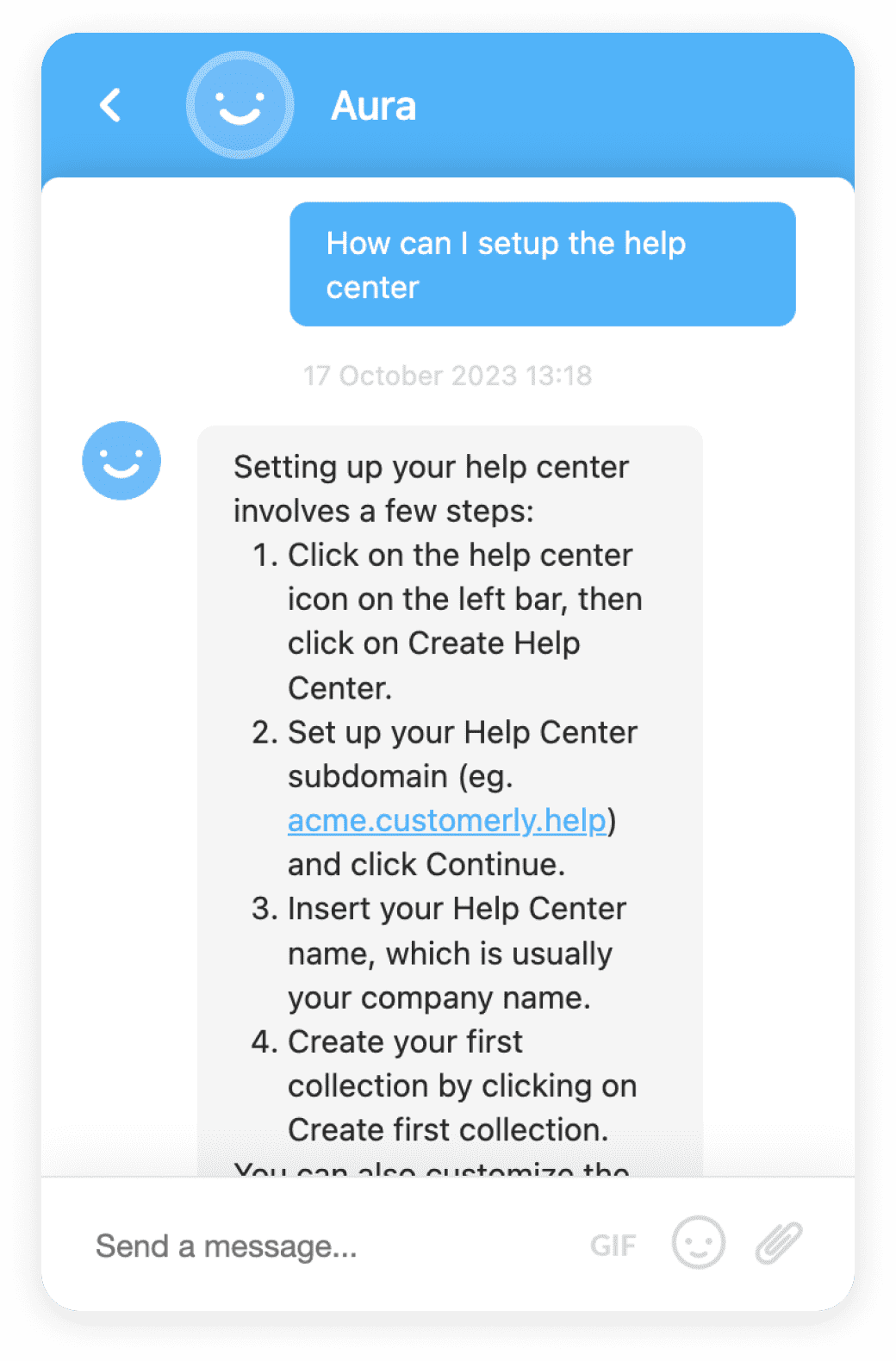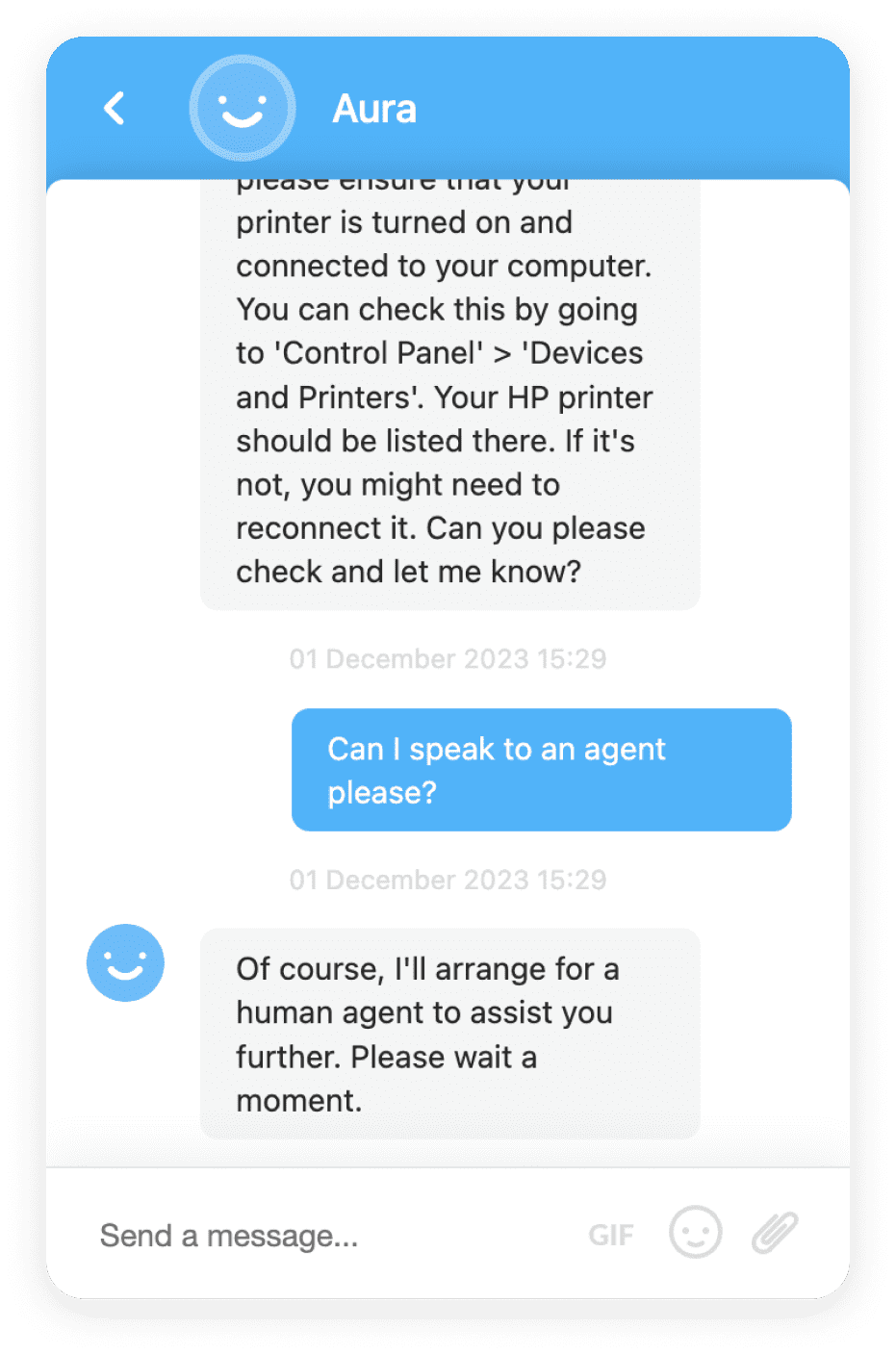Customer Acquisition
Customer Acquisition is the process of gaining new customers through different marketing strategies. It's a vital function for any business growth.
Definition
Customer Acquisition refers to the process of gaining new customers. This involves persuading consumers through marketing strategies to purchase a company's products or services. It's a critical function for any business, from startups to established corporations. The customer acquisition process can be broken down into several stages, including awareness, interest, desire, and action (AIDA).
Usage and Context
In the business world, customer acquisition is often used in the context of cost. Customer Acquisition Cost (CAC) is a metric that indicates the total cost of winning a customer, including marketing expenses, sales, and other costs. Businesses strive to keep this cost as low as possible while maximizing the value a customer brings to the company (Customer Lifetime Value – CLV).
FAQ
What are some common customer acquisition strategies?
Some common strategies include content marketing, social media advertising, search engine optimization (SEO), and email marketing. The strategy used depends on the business model and target audience.
How is Customer Acquisition Cost calculated?
CAC is calculated by dividing total acquisition expenses by the number of new customers acquired in the period the money was spent.
Related Software
Some popular customer acquisition software includes HubSpot, Google Analytics, and MailChimp. These tools provide valuable insights into customer behavior and can help optimize acquisition strategies.
Benefits
Customer acquisition is crucial for business growth. Acquiring new customers increases revenue, boosts brand awareness, and can lead to more referrals. Moreover, understanding the cost of acquiring new customers can help businesses create more effective and cost-efficient marketing strategies.
Conclusion
In conclusion, customer acquisition is an essential element of a successful business. By understanding and optimizing this process, companies can grow their customer base, increase revenue, and enhance their market position.
Related Terms
CLV (Customer Lifetime Value)
CLV or Customer Lifetime Value is a prediction of the net profit attributed to the entire future relationship with a customer. It is used to guide marketing, sales, and customer service strategies.CRM (Customer Relationship Management)
Explaining CRM (Customer Relationship Management), a strategy for managing a company's relationships and interactions with customers and potential customers.Customer Engagement
Customer engagement refers to the interaction between a customer and a brand or a company, crucial for building strong relationships and improving business.Customer Engagement Analyst
A Customer Engagement Analyst is a professional who analyzes and improves the interactions between a business and its customers, driving customer satisfaction and business growth.Customer Engagement Automation
Customer Engagement Automation (CEA) is a method that leverages technology to automate customer interactions, enhancing customer engagement, satisfaction, and loyalty.Customer Engagement Director
A Customer Engagement Director is a professional who oversees a company's interactions with customers, develops strategies to improve customer engagement, and fosters customer loyalty.Customer Engagement Manager
A Customer Engagement Manager (CEM) is a professional role that focuses on fostering strong customer relationships and promoting customer loyalty.Customer Engagement Score
Customer Engagement Score is a metric used to measure the level of interaction a customer has with a brand, product, or service.Customer Engagement Specialist
A Customer Engagement Specialist is a professional who interacts with customers to enhance their experience and build customer loyalty.Customer Engagement Strategist
A Customer Engagement Strategist is a professional who develops strategies to improve customer engagement, leading to increased customer satisfaction and business growth.Customer Engagement Techniques
Customer Engagement Techniques are strategies businesses use to interact with their customers, promoting satisfaction and loyalty.Customer Lifetime Value
Customer Lifetime Value (CLV) is a predictive analysis technique used to calculate the total net profit a company can make from any given customer.Customer Lifetime Value Analysis
Customer Lifetime Value Analysis is a method used to predict the total value a company can derive from a customer throughout their relationship.Customer Relationship Management
An explanation of Customer Relationship Management (CRM), its usage, context, related software, benefits, and common questions related to it.Customer Retention
Customer retention refers to strategies used by businesses to encourage repeat business and loyalty from their existing customer base.Customer Retention Specialist
A Customer Retention Specialist is a professional responsible for managing customer relationships and ensuring customer loyalty and satisfaction.How To Choose a Customer Engagement Platform
Learn how to choose a customer engagement platform that suits your business needs, considering factors like functionality, ease of use, integration capabilities, and cost-effectiveness.SCRM (Social Customer Relationship Management)
SCRM is a strategy that integrates social media services into traditional CRM processes to engage with customers on a more personal level.











